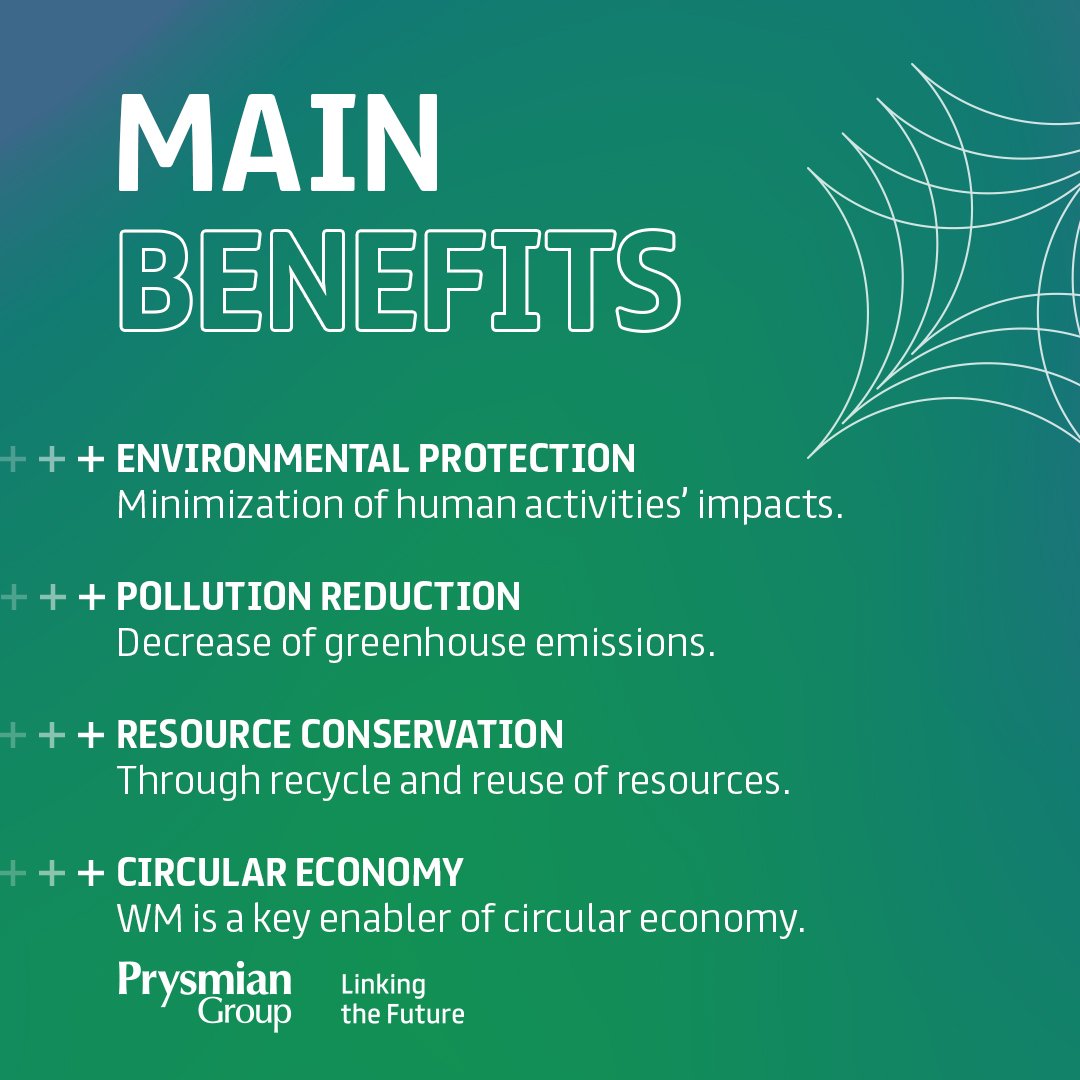The 8-Minute Rule for Reclaim Waste
Table of Contents4 Easy Facts About Reclaim Waste ExplainedThe Ultimate Guide To Reclaim WasteThe Facts About Reclaim Waste UncoveredThe smart Trick of Reclaim Waste That Nobody is DiscussingReclaim Waste Can Be Fun For Everyone
Explore the kinds, occurrences, and kinds of fluid waste. Domestic sewage waste describes the waste and items from a residential septic storage tank. This kind of waste is developed by human beings in residences, institutions, and other structures. This only includes septic containers that have a drain area. The proper administration and disposal of domestic sewer waste call for fluid waste to be transferred to a sewer therapy plant where the appropriate techniques and equipment are used to purify and take care of waste.
Industrial waste commonly includes possible hazards, such as flammable products or a blend of liquid and solid waste items, and needs an advanced and comprehensive disposal process. The disposal of business waste generally involves the purification of waste prior to transportation to guarantee secure and correct disposal. Hazardous waste is created from byproducts and overflow of industrial processes and production.
This sort of waste can not make use of the exact same sewage management transportation or procedures as septic or commercial liquids. The industrial waste management process requires the evaluation and screening of liquid waste before it undergoes the disposal process (liquid waste disposal). Runoff waste is the fluid waste that originates from runoff and excess stormwater in very populated areas or cities
Runoff waste can cause contamination and flooding if not managed effectively. Making sure correct waste management can protect against catastrophes and decrease ecological injury.
Some Known Incorrect Statements About Reclaim Waste
Contact PROS Solutions today to find out about our waste management and disposal services and the proper ways to care for the liquid waste you generate.
(https://www.slideshare.net/leonaube33101)Do you recognize what takes place to your water when you draw the plug, purge the toilet or drain pipes the cleaning maker? No? Well, it's worth understanding. This so-called 'wastewater' is not only a vital source however, after treatment, will be launched to our land, waterways or the ocean. Made use of water from bathrooms, showers, bathrooms, kitchen area sinks, laundries and commercial procedures is called wastewater.

water used to cool down machinery or clean plant and equipment). Stormwater, a form of wastewater, is runoff that flows from agricultural and metropolitan areas such as roofs, parks, gardens, roads, courses and seamless gutters into stormwater drains pipes, after rain. Stormwater streams untreated directly to regional creeks or rivers, at some point getting to the ocean.
The smart Trick of Reclaim Waste That Nobody is Discussing
In Queensland, most wastewater is treated at sewer treatment plants. Wastewater is delivered from residential or commercial sites via a system of drains and pump stations, known as sewage reticulation, to a sewage treatment plant.
The Division of Natural Resources suggests city governments regarding managing, operating and maintaining sewerage systems and treatment plants. In unsewered locations, local governments may call for householders to set up private or home sewer therapy systems to deal with domestic wastewater from bathrooms, kitchen areas, shower rooms and laundries. The Division of Natural Resources authorises using family systems when they are shown to be reliable.
In some new subdivisions, treatment of some stormwater to remove trash, sand and crushed rock has started utilizing gross contaminant traps. Wastewater treatment happens in 4 phases: Removes solid issue.
Uses tiny living organisms knows as micro-organisms to break down and remove staying liquified wastes and great particles. Micro-organisms and wastes are incorporated in the sludge.
The 8-Second Trick For Reclaim Waste
Nutrient removal is not available at all sewage therapy plants because it calls for pricey specialised equipment. Clear liquid effluent produced after therapy might still consist of disease-causing micro-organisms - industrial wastewater treatment.

Most wastewater streams right into the sewerage system. Under the Act, regional federal governments carry out approvals and permits for ecologically pertinent tasks (ERAs) including wastewater releases that could have a local impact.
Unknown Facts About Reclaim Waste
Otherwise, examples are considered laboratory evaluation. Commonly many tests are needed to develop the degrees of each of the various toxins such as oils, hefty steels and pesticides in water. Tracking gives valid details concerning water top quality and can validate that licence problems are being met. The info acquired through tracking offers the basis for making water top quality decisions.